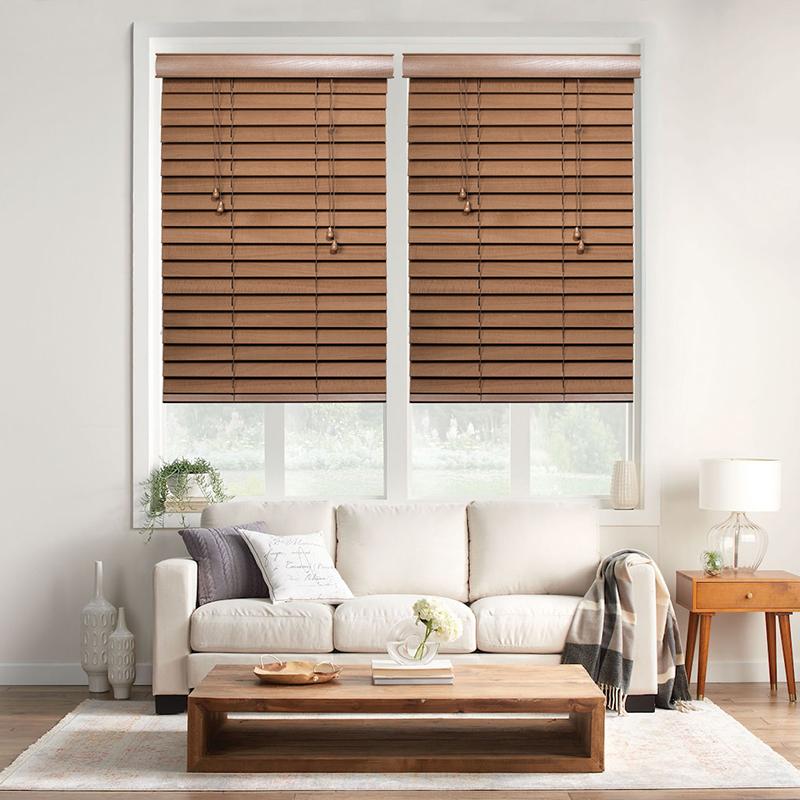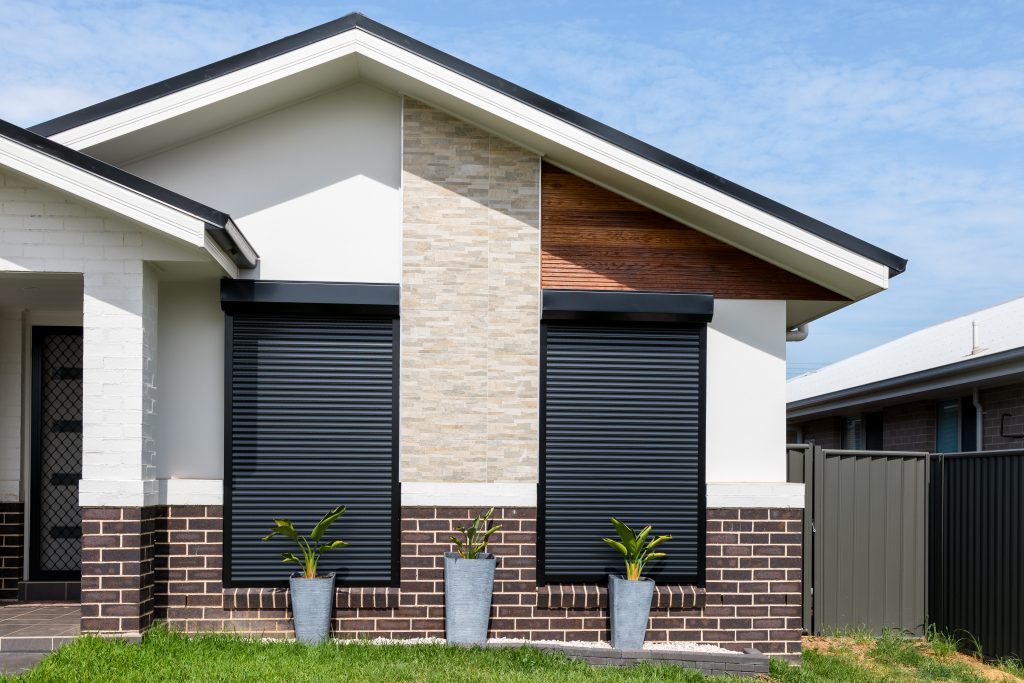Table of Contents:
Curtains and blinds installation guide | 2024 costs and pro tips
Curtains and blinds are an integral part of any home. Although you can install blinds yourself as a DIY project, this requires the right type of tools and skill set to complete. For this reason, many choose to hire a blind and curtain installation professional to reduce the stress of the DIY approach, ensure the job gets done to the highest standards, and avoid the installation having to be fixed by a professional later. By making smart installation choices, your window finishing can save you money.

Article Summary
- How much does it cost to install curtains and blinds?
- Types of Curtains
- Types of Blinds
- Roller Shutters
- Common Mistakes When Installing Curtains and Blinds
- FAQs
How much does it cost to install curtains and blinds?
Installing curtains costs approximately $45/hr, while the installation of blinds and shutters has an average price of around $50/hr. The cost can also vary depending on the size and number of windows, materials required, and any additional services provided.
Get free quotes in minutes.
Get quotes from our qualified and licensed tradies Australia-wide.

Types of Curtains
Average curtain installation costs can range from $70 - $200, however, this price can be affected by the complexity of the window feature. For example, a double-layered, automatic curtain will cost much more than your average single-layered curtain. Curtains themselves can cost as little as $10 or all the way up to $1,000 for silk varieties. Clearly, the cost of curtains depends on a number of contributing factors. We have listed the common types of curtains and the pros and cons of installing those curtains.
Linen Curtains
- Pros: These curtains are both durable and washable, and they come in many weights and shades.
- Cons: The material is likely to shrink and fade away with time.
Cotton Curtains
- Pros: Eco-friendly, washable, and customisable.
- Cons: Likely to deteriorate with time and shrink.
Acrylic Curtains
- Pros: Both sun and stain resistant.
- Cons: Not durable or eco-friendly.
Silk Curtains
- Pros: Highly durable, sleek, eco-friendly and sold in different weights.
- Cons: Silk curtains are prone to damage under the sun and are very expensive. Above all, you cannot wash silk curtains at home.
Types of Blinds
When it comes to blinds, there is now such a large variety on the market, which can make your selection seem daunting. Wisely selecting your blinds and curtains is an easy way to properly insulate your home. You're probably now wondering, "How much do blinds cost?". In addition to the actual cost of the materials, to install blinds in 2024, you’re looking at a cost of $80 - $250 per window. Below we’ve outlined the average costs to purchase different blind types.
- Blockout roller blinds price: $60 - $70
- Light-filtering blinds price: $75 - $85
- Honeycomb blinds price: $70 - $125
- Bonded roller blinds price: Potentially over $300
The price per blind can increase substantially depending on the window size and fit. Depending on the features you choose, the cost to purchase blinds can reach anywhere up to $1,000. However, there are some low-cost blind options available, which can cost as little as $20 and can be installed yourself if you’re working off a limited budget. However, these options tend to deteriorate and break more quickly than other professionally installed models.
Roller Shutters
Roller shutters are one of the most expensive options on the market, with an average cost of $200 - $700 per window. For professional installation, you’re looking at a cost of $150 - $400 per window. Despite the higher cost of installation, roller shutters provide a number of benefits, including the control of sound, light, heat and cold, as well as security and storm protection. They are the perfect privacy solution for many family homes, which is why many customers opt for the installation of roller shutters.
Keep in mind the location of your window can also add to installation costs. For example, if your window is hard to reach or requires a ladder, this will have to be added to the final quote.
The prices above are just a guide and are subject to the time the article was made. If you want an accurate and up-to-date price, get up to three quotes from local curtain and blind installers.
Common Mistakes When Installing Curtains and Blinds
When installing curtains or blinds, several common mistakes should be avoided to ensure a successful outcome:
-
Incorrect Measurements: Failing to measure the window accurately can lead to curtains or blinds that are either too large or too small for the space. Always double-check measurements before purchasing or installing window treatments.
-
Ignoring Hardware Requirements: Different types of curtains and blinds require specific hardware for installation. Neglecting to use the appropriate brackets, screws, or anchors can result in unstable or improperly mounted window coverings.
-
Not Considering Light Control: Choosing the wrong type of curtains or blinds for the room's lighting needs can be a mistake. For example, selecting sheer curtains for a bedroom where light control and privacy are essential might not be suitable.
-
Neglecting to Test Functionality: Before completing the installation, it's crucial to test the functionality of curtains or blinds. Ensure that they open, close, and adjust smoothly without any obstructions or issues.
Find tradies near youGet free quotes from tradies now -
Forgetting About Clearance: Curtains or blinds that obstruct windows when opened fully can be both impractical and visually unappealing. Make sure to consider the clearance needed for the window treatments to operate correctly without interfering with nearby furniture or fixtures.
-
Skipping Maintenance Considerations: Some materials require specific care and maintenance to preserve their appearance and functionality. Ignoring maintenance recommendations can lead to premature wear and tear, reducing the lifespan of curtains or blinds.
-
Overlooking Safety Concerns: For homes with children or pets, it's essential to consider safety features such as cordless blinds or curtain tie-backs. Neglecting these safety measures can pose hazards to curious youngsters or animals.
-
Not Aligning Patterns or Textures: If installing patterned curtains or blinds, failing to align the patterns correctly can detract from the overall aesthetic. Take the time to ensure that patterns or textures match up seamlessly for a polished look.
Get free quotes in minutes.
Get quotes from our qualified and licensed tradies Australia-wide.
FAQs
1. How long does it take to install curtains or blinds in a standard-sized room?
The time required to install curtains or blinds in a standard-sized room typically ranges between 1 to 3 hours, contingent on factors like window treatment type, complexity, and installer expertise. For straightforward installations with standard-sized windows and simple designs, the process usually takes around 1 to 2 hours, involving tasks such as measuring, mounting hardware, and hanging the treatments.
However, more intricate installations, including motorised blinds or custom designs, may extend the process, as could unexpected challenges like uneven walls.
2. When should you replace curtains or blinds?
- Fading or discolouration of fabric from sun exposure
- Tears, fraying, or visible damage to the material
- Difficulty operating blinds, such as malfunctioning slats or cords
- Outdated or worn-out styles that detract from the room's aesthetic
- Inadequate privacy, light control, or insulation provided by the window treatments
3. Are there any eco-friendly options for curtain or blind installation?
- Organic and natural fabrics: Curtains made from organic cotton, linen, hemp, or bamboo are sustainable choices as they are produced without harmful pesticides or synthetic fertilizers, reducing environmental impact.
- Recycled materials: Blinds made from recycled materials such as aluminium, plastic, or wood offer a sustainable alternative by repurposing existing resources and reducing waste.
- Energy-efficient window treatments: Installing curtains or blinds designed to improve energy efficiency can help reduce heating and cooling costs by providing insulation and reducing heat transfer through windows. Options include thermal curtains, honeycomb blinds, or reflective coatings.
- Low-impact production methods: Choosing curtains or blinds from manufacturers committed to sustainable and environmentally friendly production practices, such as using renewable energy, minimizing water usage, and reducing emissions, contributes to overall sustainability.
- DIY and upcycling: Repurposing existing fabrics or materials to create homemade curtains or blinds can be a sustainable and cost-effective option, reducing the need for new resources and minimising waste.
Cost Guides
- How Much Does a Second-Storey Addition Cost? | Cost Guide
- How Much Does a Granny Flat Cost? | Cost Guide
- How Much Does Timber House Framing Cost? | Cost Guide
- How Much Does Carpet Laying Cost? | Cost Guide

